The 15 Best ‘Star Trek: The Next Generation’ Episodes of All Time, Ranked
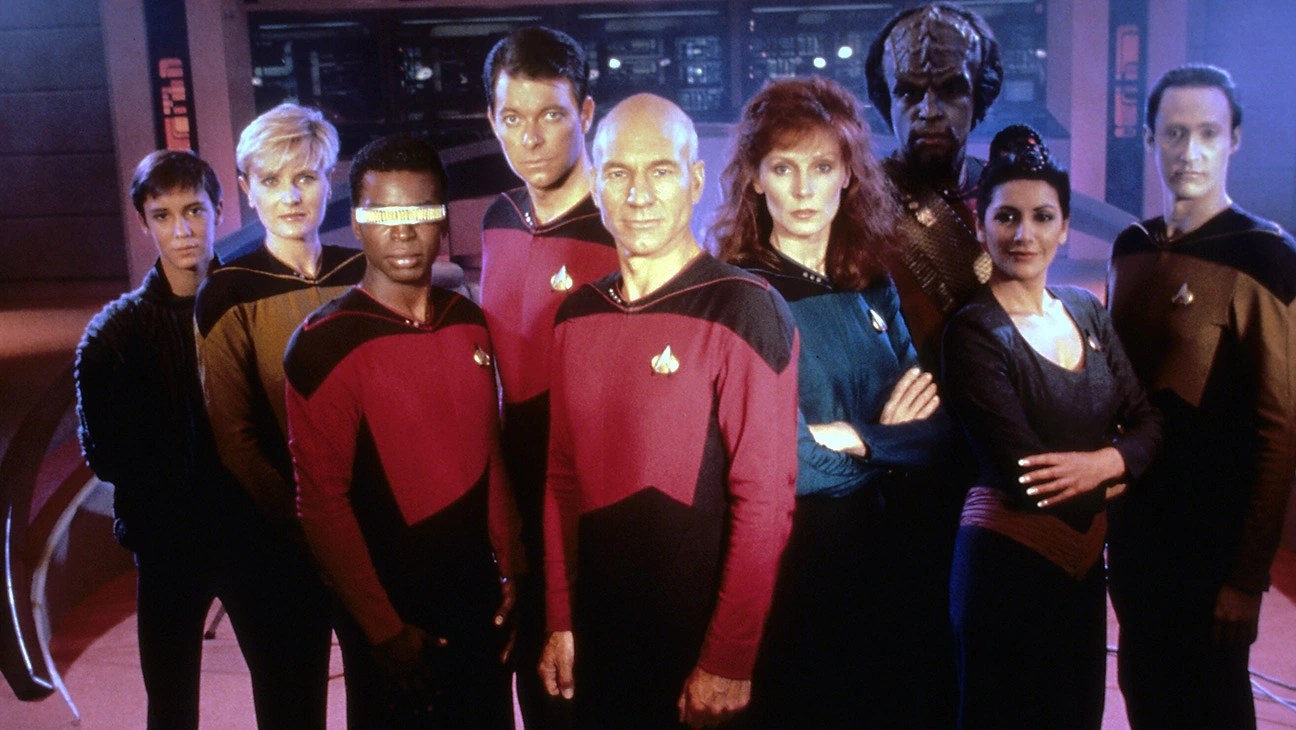
It’s a great time to be a Star Trek fan! Between Strange New Worlds and Lower Decks, Trek fans have a wealth of great shows to watch. But why limit yourself to what’s currently coming out? Why not go back and watch some Star Trek: The Next Generation? If you’re not sure which episodes to revisit first, we’ve conveniently ranked the ones that we think are the best of the best.
But what if you’re new to Star Trek: TNG? Don’t worry. The show is episodic, so you can jump in pretty much anywhere and you’ll be able to pick up what’s going on.
Here are the top 15 Star Trek: The Next Generation episodes, ranked.
15. “Yesterday’s Enterprise” (season 3, episode 15)
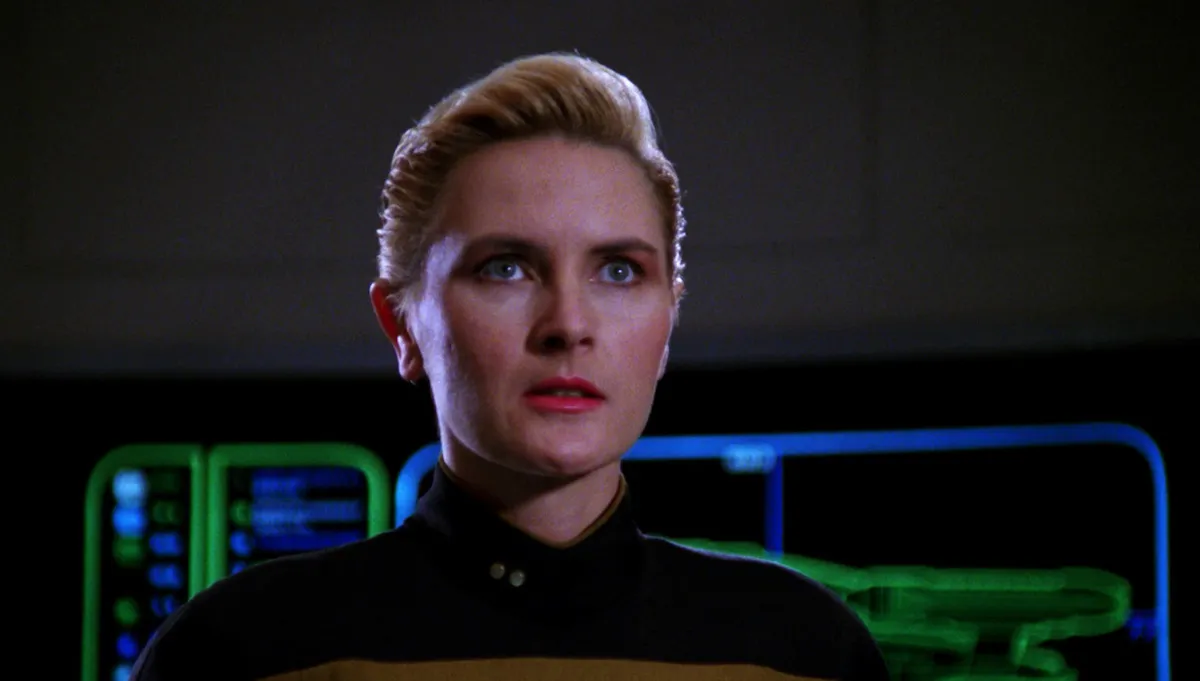
In “Yesterday’s Enterprise,” a temporal rift opens and the Enterprise C emerges. The moment it does, reality changes aboard the Enterprise D—and Guinan is the only one who notices. This episode is a fun look at an alternate timeline, with the return of Tasha Yar as a bonus.
14. “The Wounded” (season 4, episode 12)
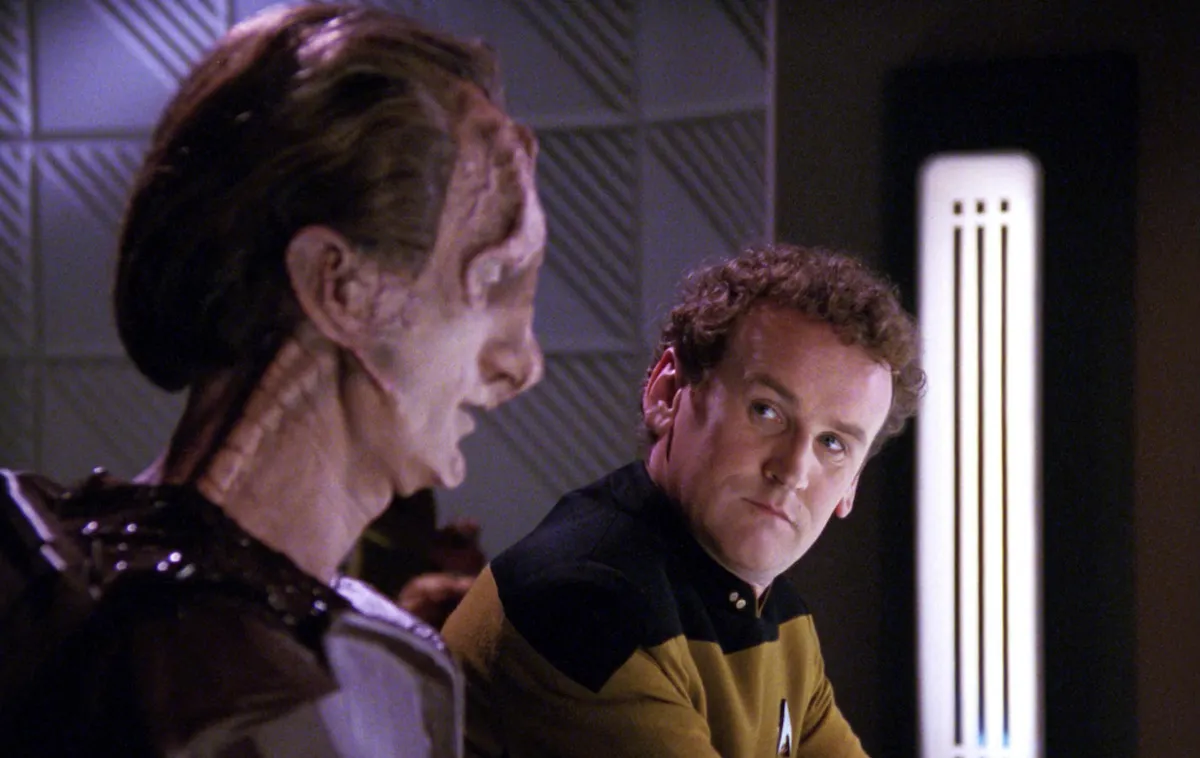
In “The Wounded,” Transporter Chief O’Brien’s former commanding officer, Captain Maxwell, has gone rogue. Maxwell believes that the Cardassians are planning a renewed war against the Federation, and Picard sends O’Brien to try and reason with him. This episode is a deft exploration of trauma and paranoia, known for its touching scene set to the Irish song “The Minstrel Boy.”
13. “Lower Decks” (season 7, episode 15)
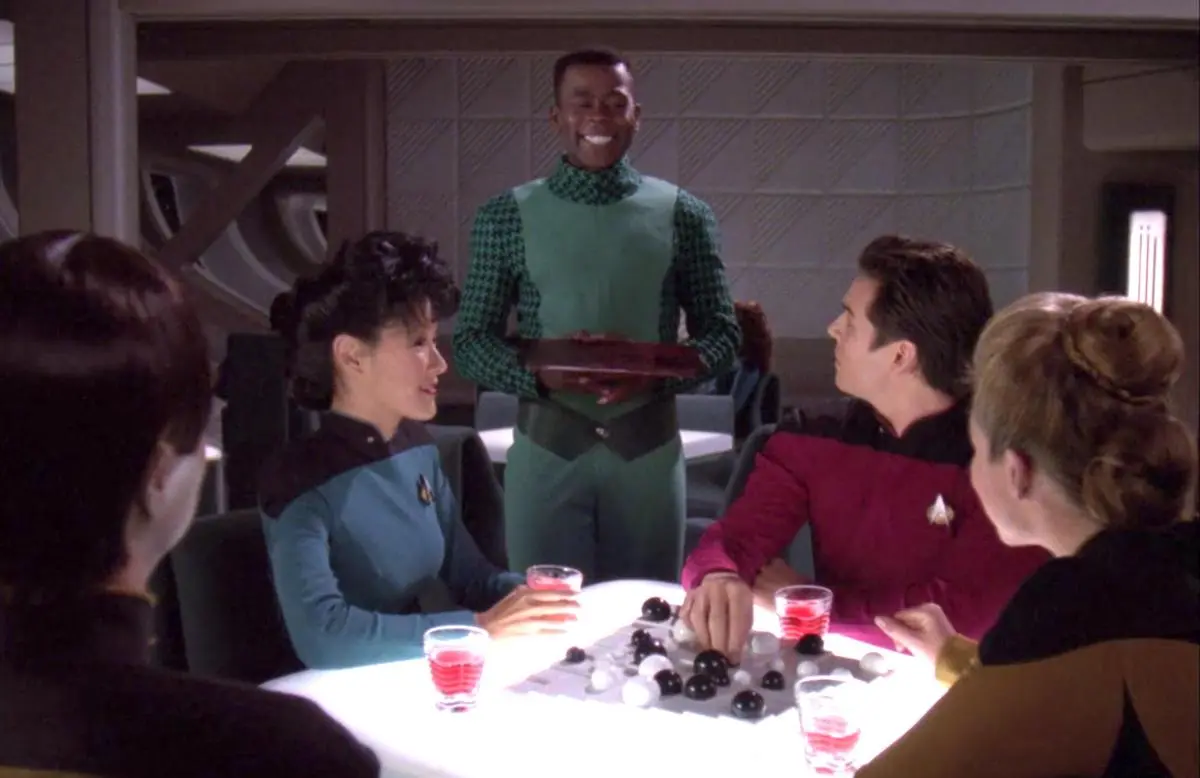
No, it isn’t the hilarious animated Star Trek sitcom! “Lower Decks” is the TNG episode that inspired the idea of exploring life among lower-ranking crew members. Four junior crew members are fretting about promotions when they’re enlisted for a secret mission. This episode includes an interesting look at the Enterprise from the little guys’ perspective, plus a surprisingly emotional ending.
12. “Tapestry” (season 6, episode 15)
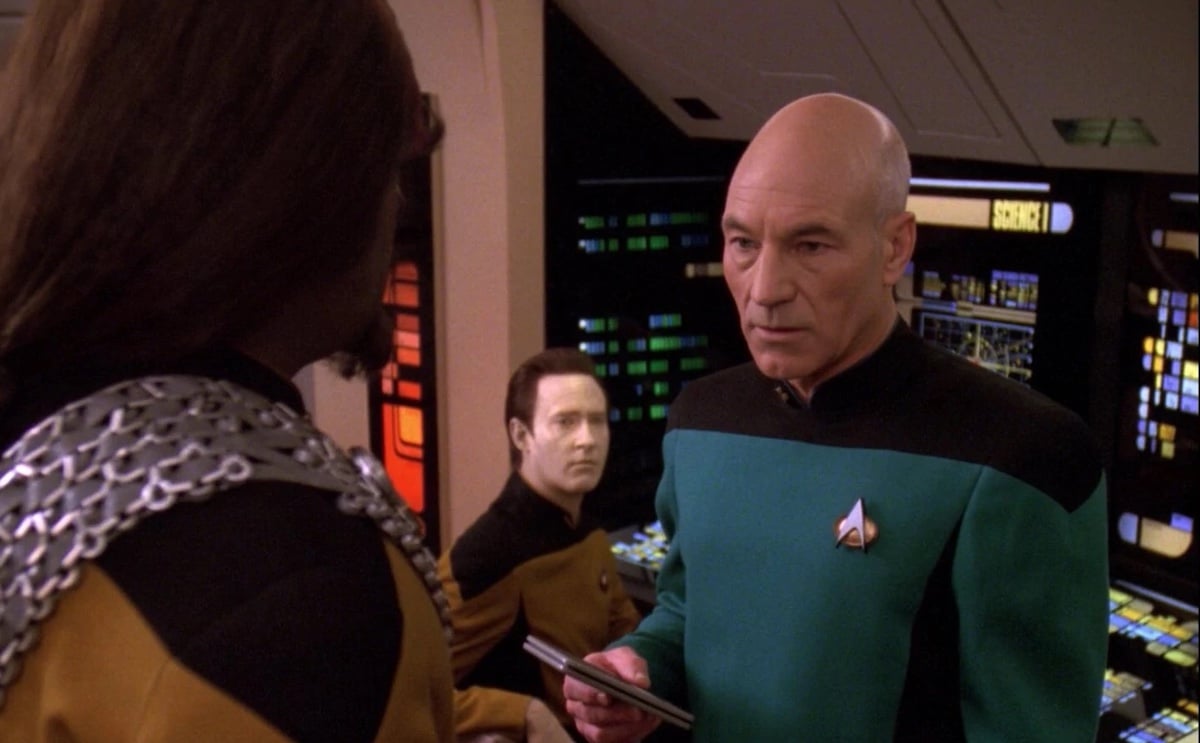
In “Tapestry,” Star Trek‘s take on It’s a Wonderful Life, Q visits Picard while Picard is injured. Q shows him what his life would have been like if he hadn’t gone through a painful event from his past. If you want to see Picard being kind of a loser—like, not a huge loser, just kind of a loser—this is the episode for you.
11. “The Drumhead” (season 4, episode 21)
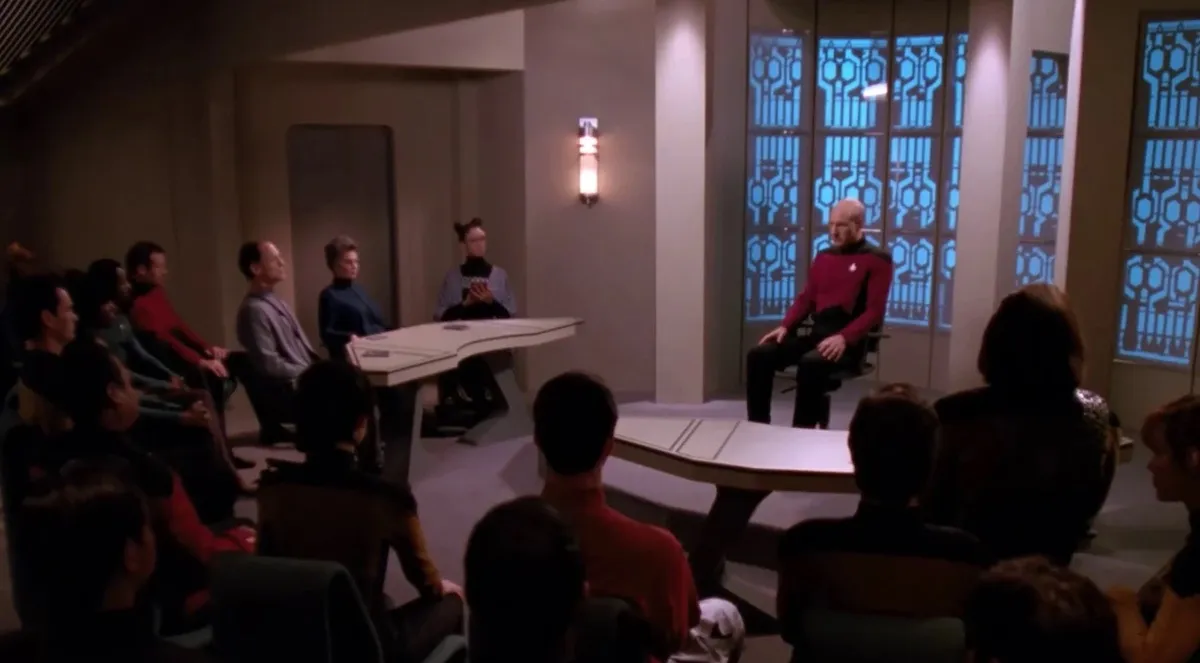
In “the Drumhead,” Admiral Satie is tasked with investigating an explosion aboard the Enterprise. However, Satie is so paranoid about a Romulan plot that her investigation turns into a McCarthyist witch hunt. Come for the thrilling plot, stay for the pointed social commentary.
10. “Family” (season 4, episode 2)
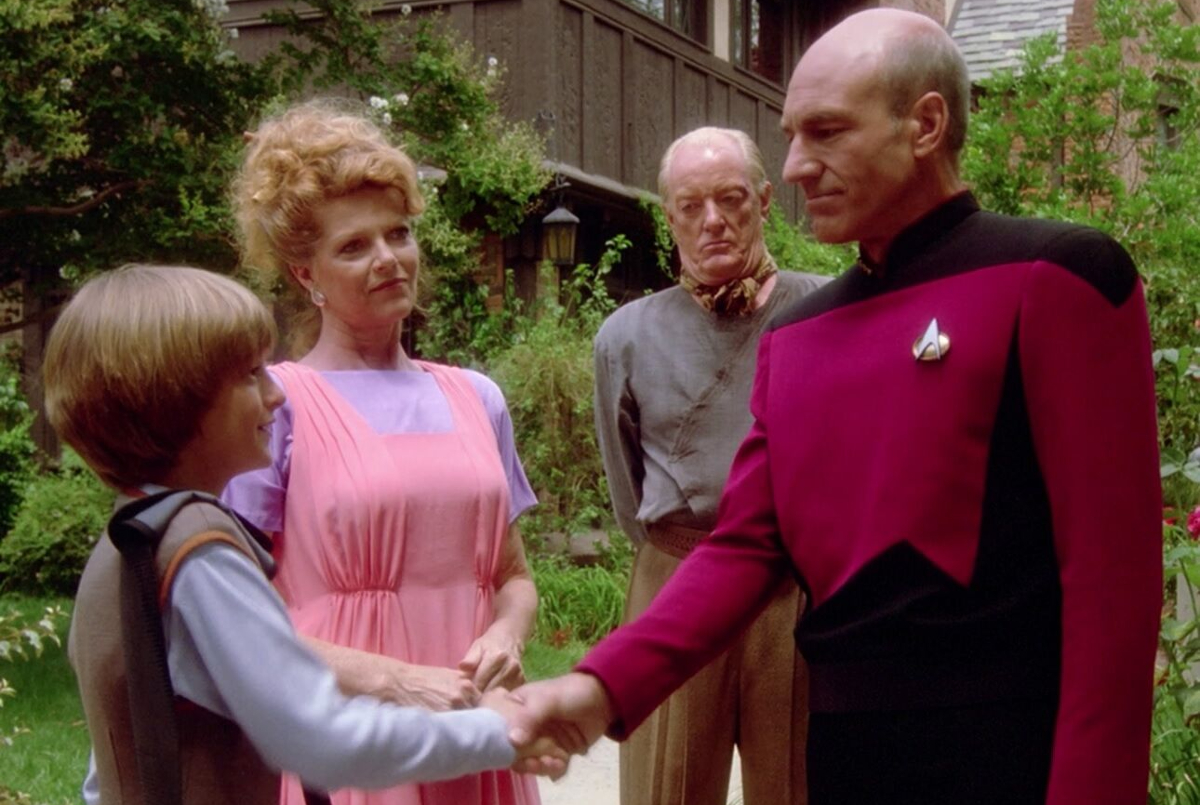
Star Trek: The Next Generation knew how to handle trauma, and the aftereffects of Picard’s abduction and brainwashing by the Borg gave the writers ample material to work with. In “Family,” Picard takes shore leave to recover from his time as Locutus, and has to deal with his estranged brother on the family vineyard. Although this episode has no phaser battles or weird science, it’s an emotionally satisfying story of anger and redemption. It also features a moving scene with Dr. Crusher and her son Wesley, and an appearance by Worf’s adopted parents, who are always a lot of fun.
9. “Cause and Effect” (season 5, episode 18)
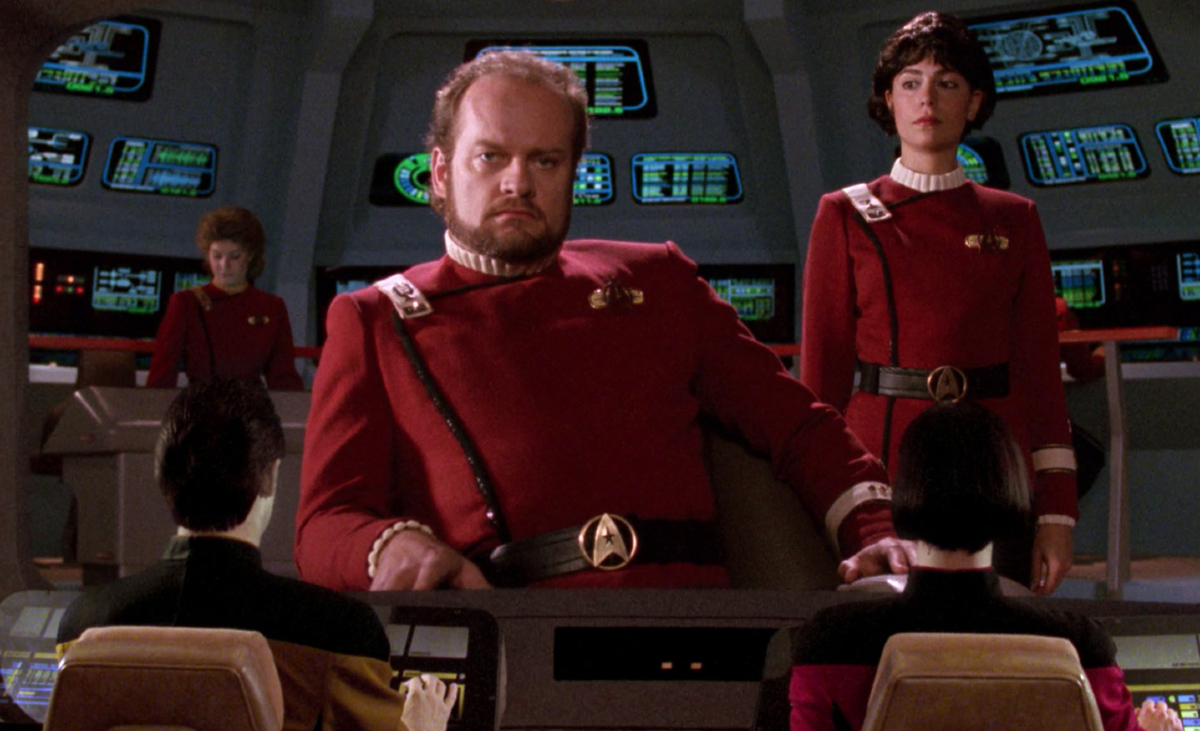
In “Cause and Effect,” the Enterprise is stuck in a time loop! Even worse, the loop ends with the ship’s fiery destruction! Time loops are always fun—see, for example, Groundhog Day and Palm Springs—and this episode does a great job of portraying the disorientation of finding yourself in one. At first, no one on the ship is aware of what’s going on, but the sense of déjà vu eventually gets too strong to ignore, so the crew needs to science their way out of trouble while continually having their timelines reset.
8. “I, Borg” (season 5, episode 23)
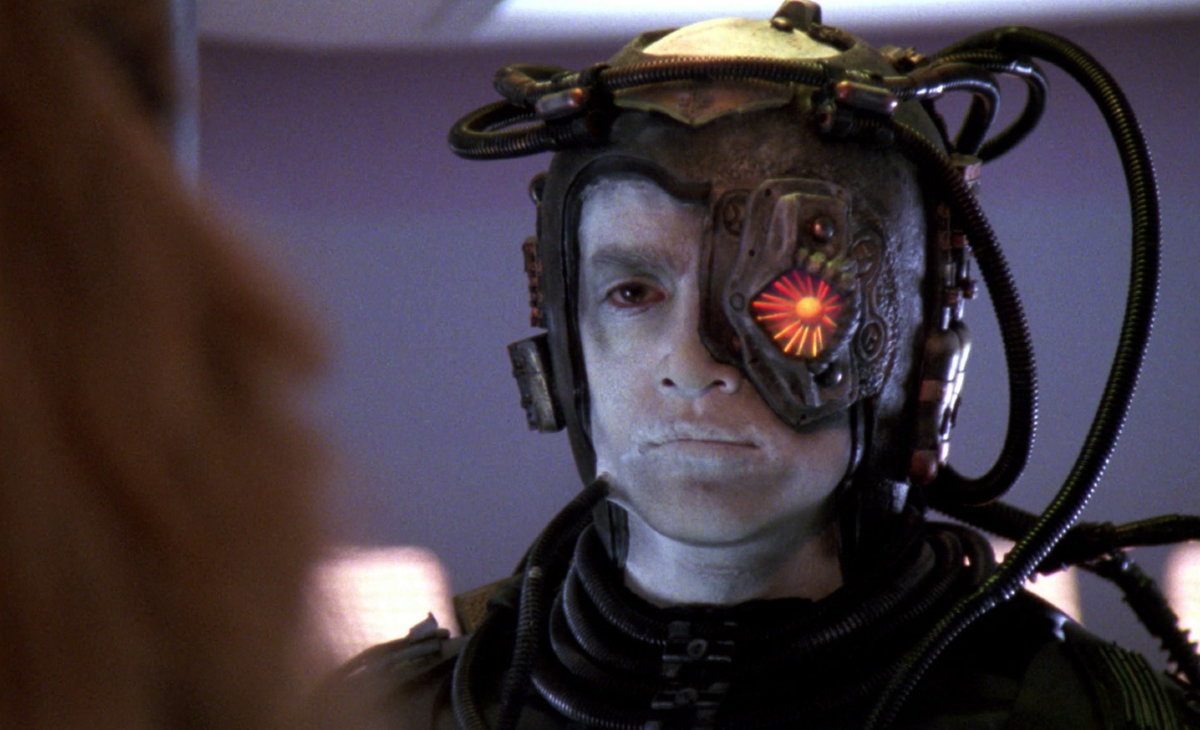
After Picard’s time as Locutus of Borg, the Enterprise crew captures a single Borg soldier in “I, Borg.” Cut off from the collective, the lone Borg is disoriented and confused, and Picard plans to infect him with a virus and use him to wipe out the Borg completely. However, after Geordi nicknames him “Hugh,” Picard is forced to acknowledge the Borg’s humanity. “I, Borg” is great not just because it explores the implications of a Borg being cut off from the collective (a theme that Voyager would later delve into with Seven of Nine). It also lets us see Picard’s flaws, as he wrestles with the temptation to commit genocide in order to get revenge.
7. “The Measure of a Man” (season 2, episode 9)
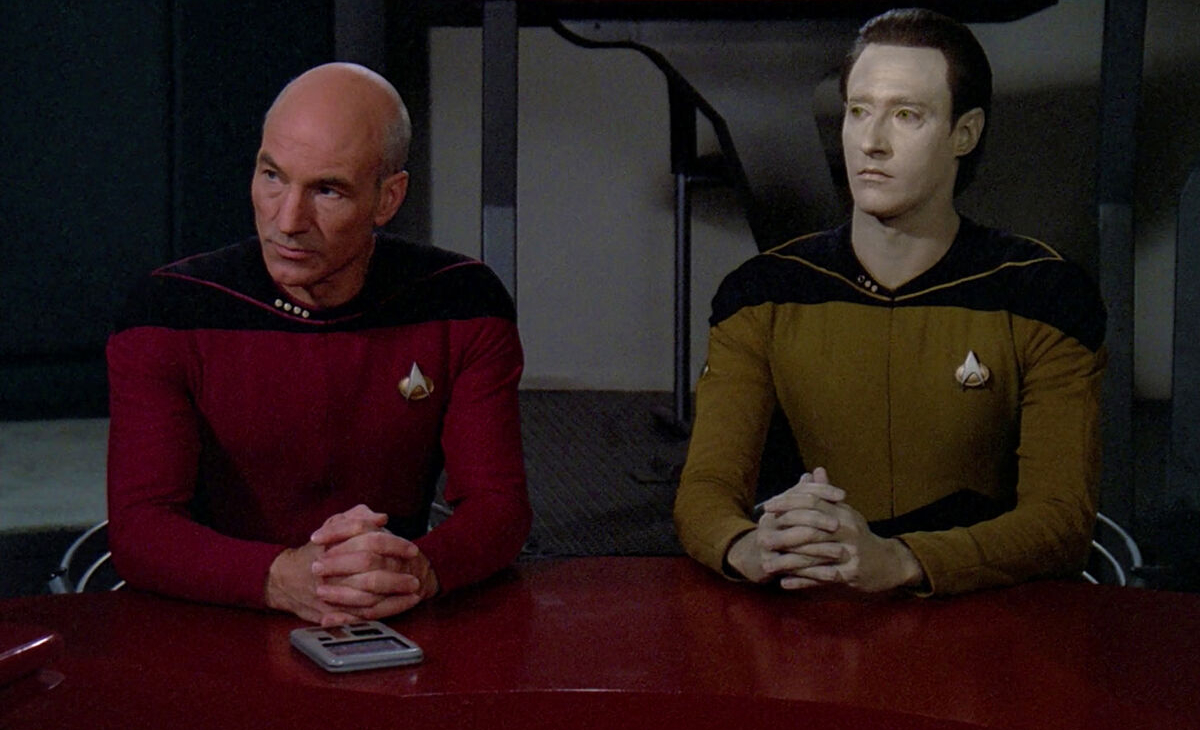
In “The Measure of a Man,” A Starfleet scientist arrives with a mandatory transfer for Data, whom he believes is Starfleet property. He wants to study Data’s positronic brain in the hopes of creating more androids, and he’s conscripting Data for a dangerous, potentially fatal experiment. Data is forced to convince a judge that he’s a sentient being, in a scene that doesn’t just echo our own sordid history of slavery—it explores profound questions of sentience and consciousness.
6. “Darmok” (season 5, episode 2)
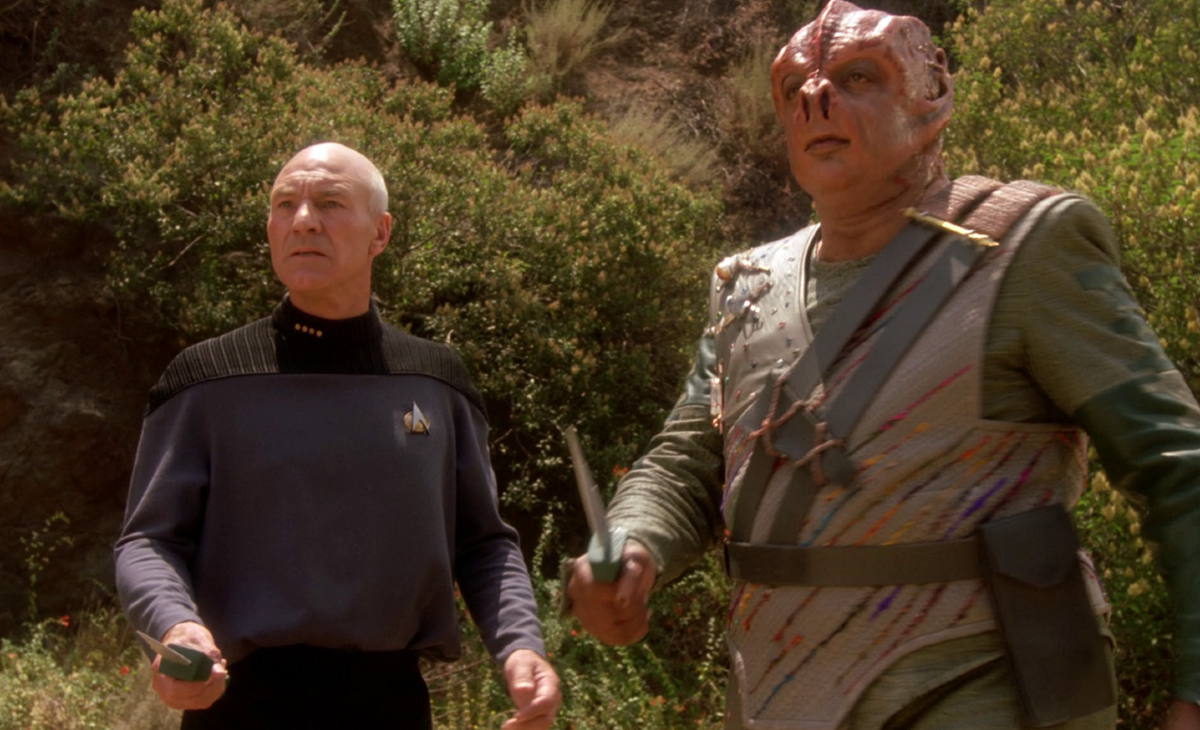
In “Darmok,” Picard is stranded on a planet with a member of a confounding alien race. The universal translator doesn’t work on them for some reason, and everything the guy says is gibberish. This episode forces Picard to work with someone whom he doesn’t understand, making for some great drama and quick-thinking. It also explores interesting questions about language. A sci fi adventure story that makes linguistics cool and exciting? Hell yeah. See you at Tanagra, baby.
5. “The Inner Light” (season 5, episode 25)
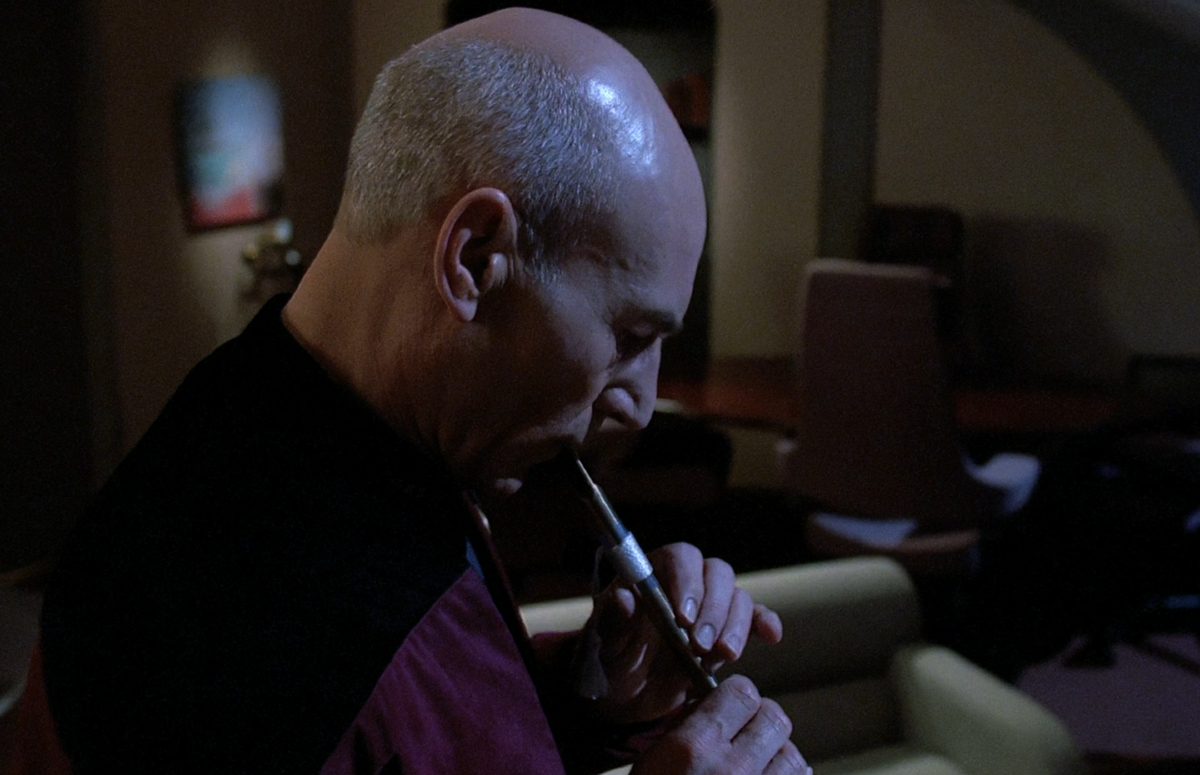
In “The Inner Light,” Picard is incapacitated by a mysterious probe. As he lies unconscious on the bridge, he finds himself transported to a sleepy village on an alien planet. Unable to wake up or escape, he slowly settles into a life there with his newfound family. This episode is an example of how well TNG combined high-concept science fiction with beautifully rendered human (uh, alien) stories. The revelation at the end, along with that final shot, are unforgettable.
4. “The Offspring” (season 3, episode 16)
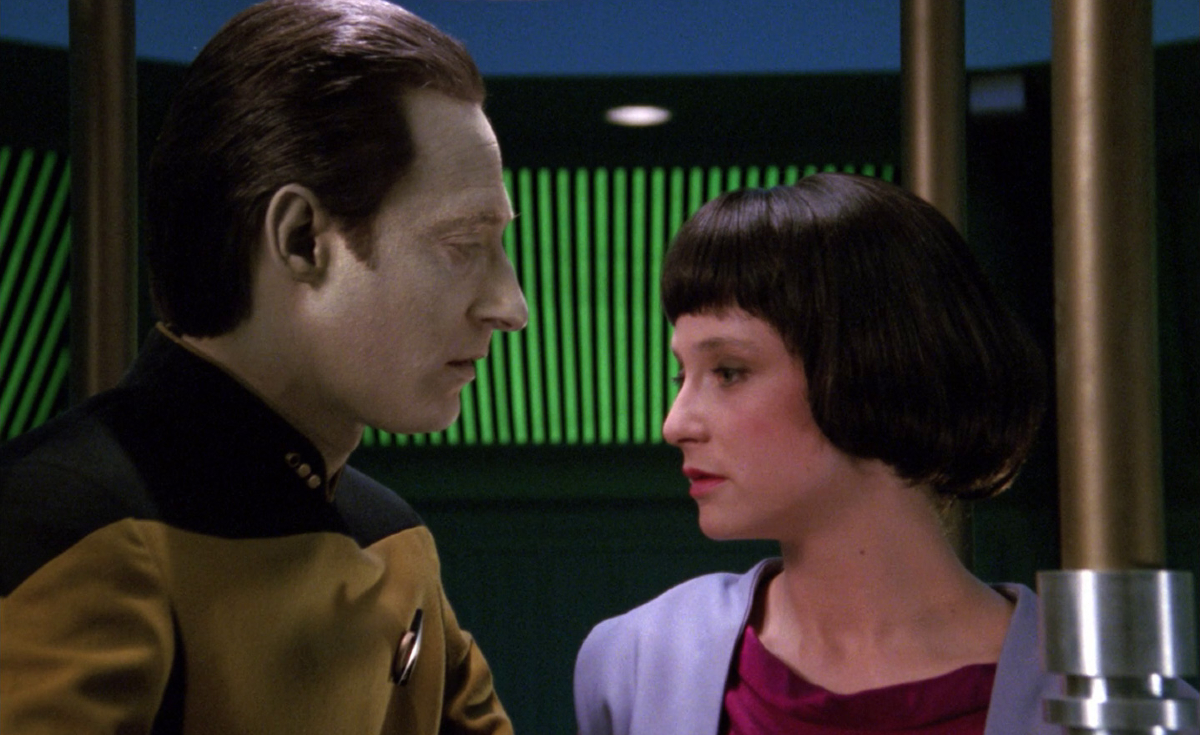
Reproduction is a fundamental aspect of being alive, and Data, in his quest to become more human, decides to become a dad in “The Offspring.” He creates a child, Lal, forcing the humans around him to question their own prejudices surrounding his rights and humanity. Like “Measure of a Man,” “The Offspring” is an emotionally-charged exploration of rights, consciousness, and humanity.
3. “Chain of Command” (season 6, episodes 10 and 11)
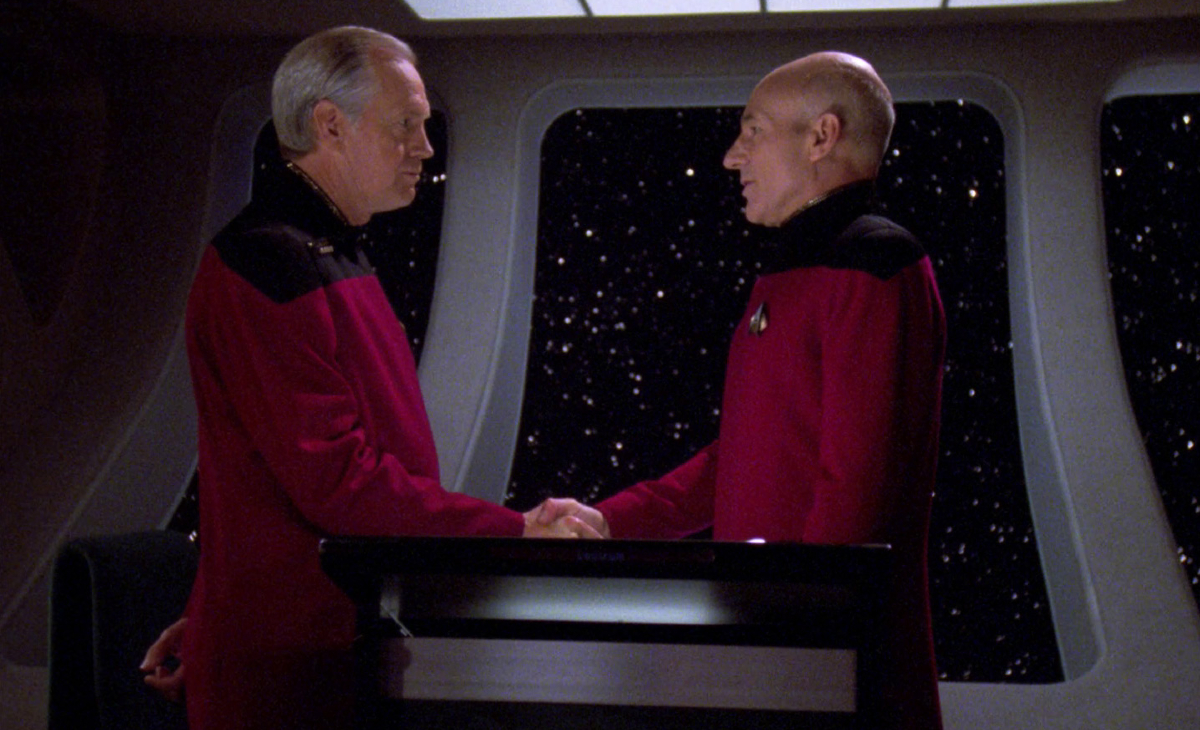
“Chain of Command” is a two-parter that gives us both a thrilling black ops storyline, and biting political commentary. Picard is assigned to a secret mission to gather intelligence about a new Cardassian bio-weapon. However, he’s captured and tortured. In an homage to George Orwell’s 1984, Picard’s interrogator turns on four lights and asks how many Picard sees, trying to convince him there are actually five. The episode aired years before the Bush administration would try to rehabilitate public acceptance of torture, but it’s a potent exploration of the psychological aspects of so-called “enhanced interrogation techniques.”
2. “All Good Things …” (season 7, episodes 25 and 26)
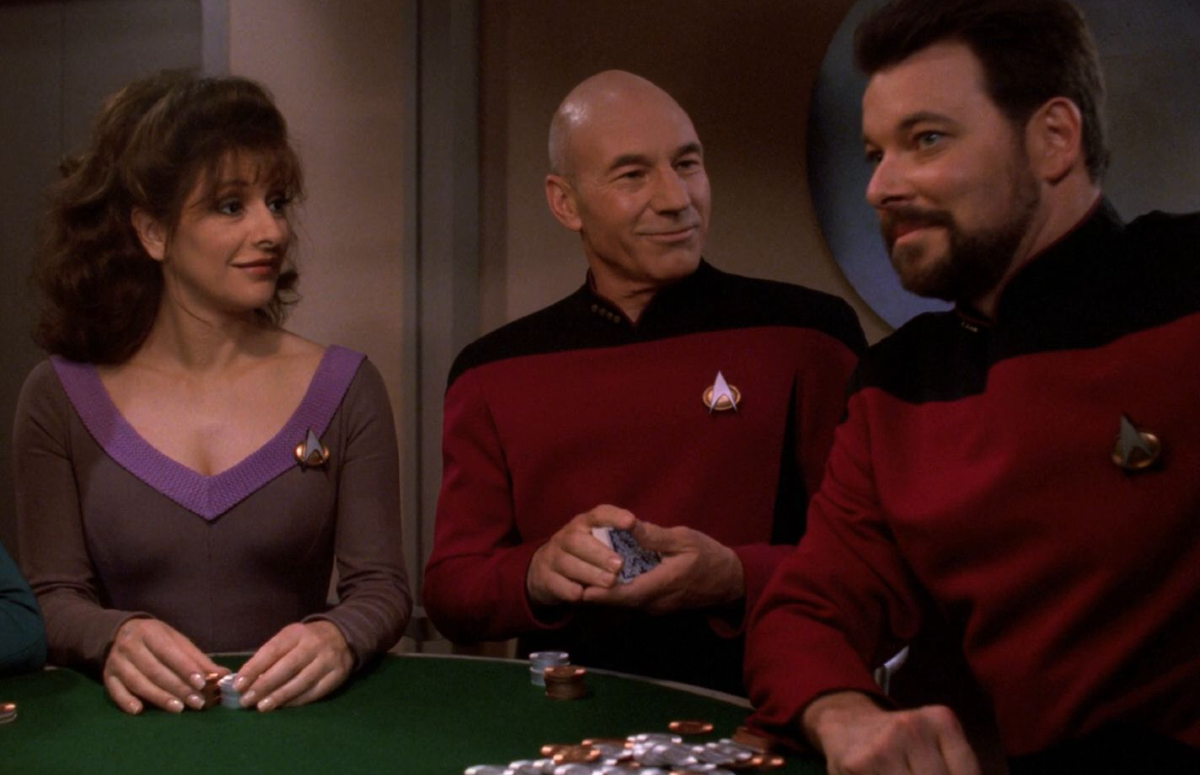
Whenever Q showed up on TNG, you knew you were in for a good time, and in the series finale, “All Good Things…,” he didn’t disappoint. In “All Good Things…,” Q tells Picard that he’s still on trial to determine whether the Q Continuum should destroy humanity. Picard finds himself jumping between three different time periods, including the future, in which he lives with a disabling neurological condition called Irumodic Syndrome. Picard has to work with all three versions of his crew to save humankind.
Along with being excellent mind-bending sci fi, “All Good Things…” was an emotional sendoff for the crew of the Enterprise-D.
1. “The Best of Both Worlds” (season 3, episode 26; season 4, episode 1)
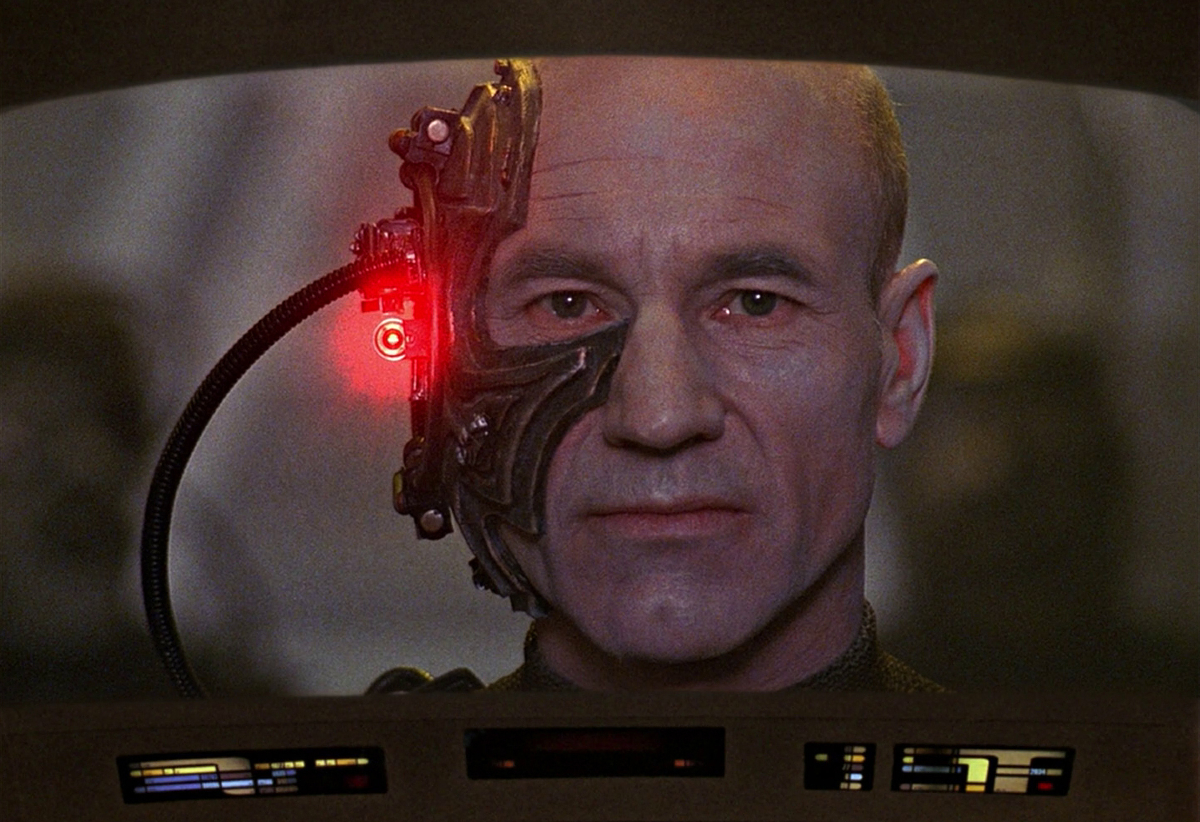
Does it get any better than “The Best of Both Worlds?” In the first half of this two-parter, the Enterprise crew encounters the Borg, who kidnap Picard. In one of the most exciting (and torturous!) cliffhangers of all time, the Borg reveal that they’ve assimilated Picard, rechristening him Locutus. In part 2, which aired three months later, Riker takes the captain’s chair while the crew tries to get Picard back.
The Borg are frightening enough when they’re assimilating anonymous alien races out in the reaches of space, but seeing them take one of the most beloved leads on the series was jaw-dropping for fans. “The Best of Both Worlds” may not reach the philosophical heights of some other episodes on this list, but in terms of classic, gripping Star Trek, it can’t be beat.
(featured image: Paramount)
Have a tip we should know? [email protected]
